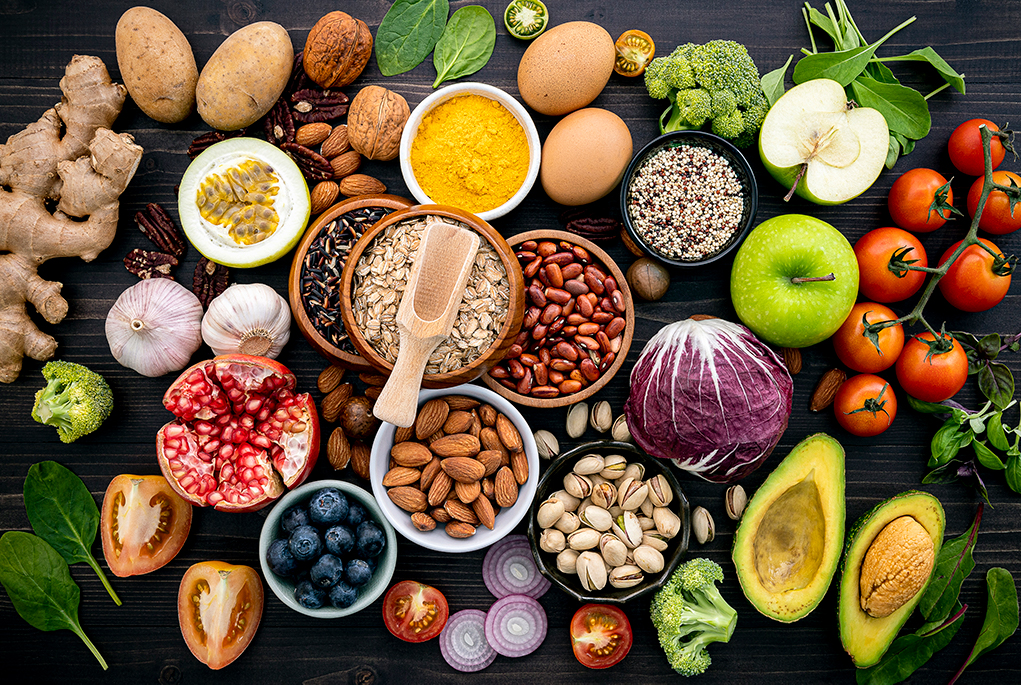
Diabetes patients can choose from a variety of foods. A balanced diet is essential to controlling blood sugar levels. Legumes are rich in protein, fiber and high-quality carbs. Soluble fiber reduces hunger and stabilizes blood sugar levels. Recent studies showed that legumes had a lower risk of type 2 diabetes and improved blood sugar control.
As a low-carb food, avocados are a great choice for diabetics. Avocados contain healthy amounts of fiber as well as healthy fats. Walnuts have a high level of omega-3s making them a good choice for diabetics. You should only eat one serving of walnuts. Chickpeas can be eaten, which are high in fiber as well as protein. They are a good source of protein and are a low-carb snack, as they contain a large amount of dietary fibre.
While spinach is not a favorite, most people do not like the taste of pumpkin. However, beta-carotene can convert to essential vitamin B and be used as a main meal. Mixing the skin with other vegetables can provide fiber if you're unable to eat them. You can cook them and serve them as part of a meal. For extra protein, mix some quinoa in your favorite soups or smoothies.

Greek yogurt is also suitable for diabetics. Greek yogurt is safe for breakfast or snack as it only contains six to eight g of starchy vegetables. Be sure to read the labels carefully, as some brands may contain sugar. Fruit can be eaten in moderation. Flax seeds have lignans that help to improve insulin sensitivity, and decrease the risk of heart disease.
Sweet potatoes are rich in potassium, fiber and lean proteins. They can be cooked and eaten as a snack. Sweet potatoes are a good side dish for lean protein or vegetables, even though they are high in carbs. They are also a good source of magnesium, which lowers the risk of diabetes and can prevent stroke. They are one of the best foods for diabetics.
A wide range of fruits, vegetables and other foods are high in antioxidants. They can be used as a salad ingredient or in smoothies. Greek yogurt can be used in salads and yogurts, as well as berries. These can be added to any yogurt you prefer. They can also be used to make smoothies. They can be used to enhance your desserts by preparing them for salad.
Diabetic diets need to be balanced. Ideal diabetic diets should have low levels of sugar and high levels of trans fats. They should be rich not only in fat but also high in fiber, protein, fiber, and other nutrients. A diabetic diet should consist of whole grains and fruits. Healthy fats are also important. These foods offer many benefits.

Healthy eating habits for diabetics include plenty of fruits, vegetables, and whole grains. The best types of fruits and vegetables are ripe, fresh, and organic. Low-calorie foods should be considered the best food for diabetics. There are many ways you can include fruits and vegetables in your daily diet. Nuts can be eaten every day, for example. These are delicious, healthy foods that diabetics can enjoy. You must be careful about how much sugar you consume to avoid developing diabetes.
Greek yogurt is another good option for diabetics. It is very high in fiber, and has very little carbohydrate. It can be enjoyed as a snack or as a savory dish. You can include many whole grains in your diet. They are low-calorie, high-fiber foods. Whole-grain breads, for example, are great foods for diabetics as they have low sugar. These breads and pastas are also a good source of fiber.
FAQ
Is it possible to have a weak immune system due to being cold?
There are two types of people in the world: those who love winter and those that hate it. You might wonder why you feel so miserable in the cold, no matter how much you love or hate winter.
The fact is that our bodies are designed for warmth and function best. Because of this, our bodies evolved to thrive and survive in hot climates.
But now we live in an environment that is very different from how our ancestors lived. We spend more time indoors and are often exposed to extreme temperatures (cold or heat) and eat processed foods rather than fresh.
Our bodies don't have the ability to tolerate extremes. This means that we feel tired, sluggish and even sick when we venture outside.
There are ways to combat these effects though. You can combat these effects by making sure you are well-hydrated all day. You can help flush toxins out of your body by drinking plenty of water.
Also, ensure you eat healthy food. Consuming healthy food helps maintain your body's optimal temperature. This is especially true for people who spend long hours indoors.
It is worth taking a few extra minutes each day to meditate. Meditation is a great way to relax your body and mind. It makes it easier for you to cope with stress and illness.
What are 10 healthy habits?
-
Have breakfast every day.
-
Don't skip meals.
-
Maintain a balanced diet.
-
Drink lots of water.
-
Take care of yourself.
-
Get enough sleep.
-
Avoid junk food.
-
Do some exercise every day.
-
Have fun
-
Make new friends
Exercise: Good or Bad for Immunity?
Exercise is good for your immune system. When you exercise, your body produces white blood cells which fight off infections. Your body also eliminates toxins. Exercise helps prevent diseases like cancer and heart disease. Exercise also helps to reduce stress levels.
However, exercising too much can weaken your immune system. When you exercise too hard, your muscles will become sore. This causes inflammation and swelling. Your body will then produce more antibodies in order to fight infections. This can lead to allergic reactions and other autoimmune disorders.
So, don't overdo it!
Statistics
- The Dietary Guidelines for Americans recommend keeping added sugar intake below 10% of your daily calorie intake, while the World Health Organization recommends slashing added sugars to 5% or less of your daily calories for optimal health (59Trusted (healthline.com)
- This article received 11 testimonials and 86% of readers who voted found it helpful, earning it our reader-approved status. (wikihow.com)
- WHO recommends consuming less than 5% of total energy intake for additional health benefits. (who.int)
- Extra virgin olive oil may benefit heart health, as people who consume it have a lower risk for dying from heart attacks and strokes according to some evidence (57Trusted Source (healthline.com)
External Links
How To
What does the meaning of "vitamin?"
Vitamins are organic substances found naturally in food. Vitamins allow us to absorb nutrients from food. Vitamins are not made by the body, so they must be obtained through food.
There are two types of vitamins: water soluble and fat soluble. Water soluble vitamins dissolve easily in water. Examples include vitamin C,B1 (thiamine), B2 (riboflavin), B3 (niacin), B6 (pyridoxine), folic acid, biotin, pantothenic acid, and choline. Fat-soluble vitamins are stored in the liver, fatty tissue and kidneys. Examples include vitamin D, E, K, A, and beta carotene.
Vitamins are classified based on their biological activity. There are eight main groups of vitamins.
-
A - Vital for normal growth and maintaining good health.
-
C – essential for proper nerve function.
-
D - essential for healthy bones, teeth, and gums.
-
E - needed for good vision and reproduction.
-
K - Required for healthy nerves and muscles.
-
P – vital for building strong bones.
-
Q - aids digestion and absorption of iron.
-
R is required for the production of red blood cells.
The recommended daily allowance of vitamins (RDA), varies according to age, gender, physical condition, and other factors. The U.S. Food and Drug Administration (FDA) sets the RDA values.
For adults 19 years and over, the RDA of vitamin A is 400mg per day. However, pregnant women need 600 micrograms per day because it is important for fetal development. Children ages 1-8 require 900 micrograms per day. Infants under one year of age require 700 micrograms per day, but this amount decreases to 500 micrograms per day between 9 months and 12 months of age.
Children between the ages 1--18 years old who are overweight or obese require 800 micrograms per Day, while those who are overweight or obese need 1000 micrograms. To meet their nutritional needs, children underweight and obese require 1200 micrograms a day.
Children 4-8 years old who have anemia must consume 2200 micrograms of Vitamin C daily.
2000 micrograms per person is necessary for general health. Mothers who are pregnant, nursing, or have a high nutrient need will require 3000 micrograms a day.
Adults over 70 require 1500 micrograms each day, since they lose around 10% of their muscle mass every decade.
Women who are pregnant and lactating need more nutrients than the RDA. Pregnant women need 4000 micrograms per dayduring pregnancy and 2500 micrograms per day after delivery. Breastfeeding mothers need to consume 5000 micrograms every day when breastmilk has been produced.